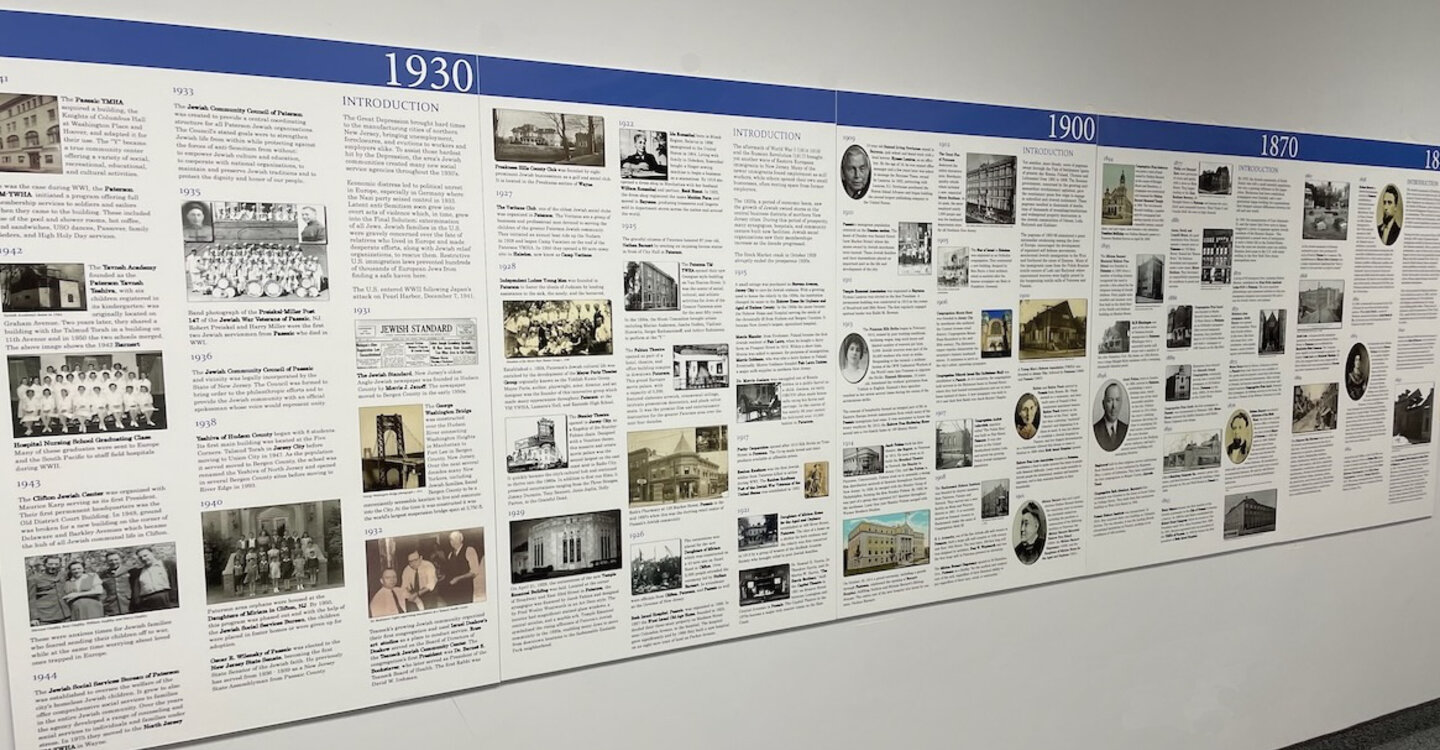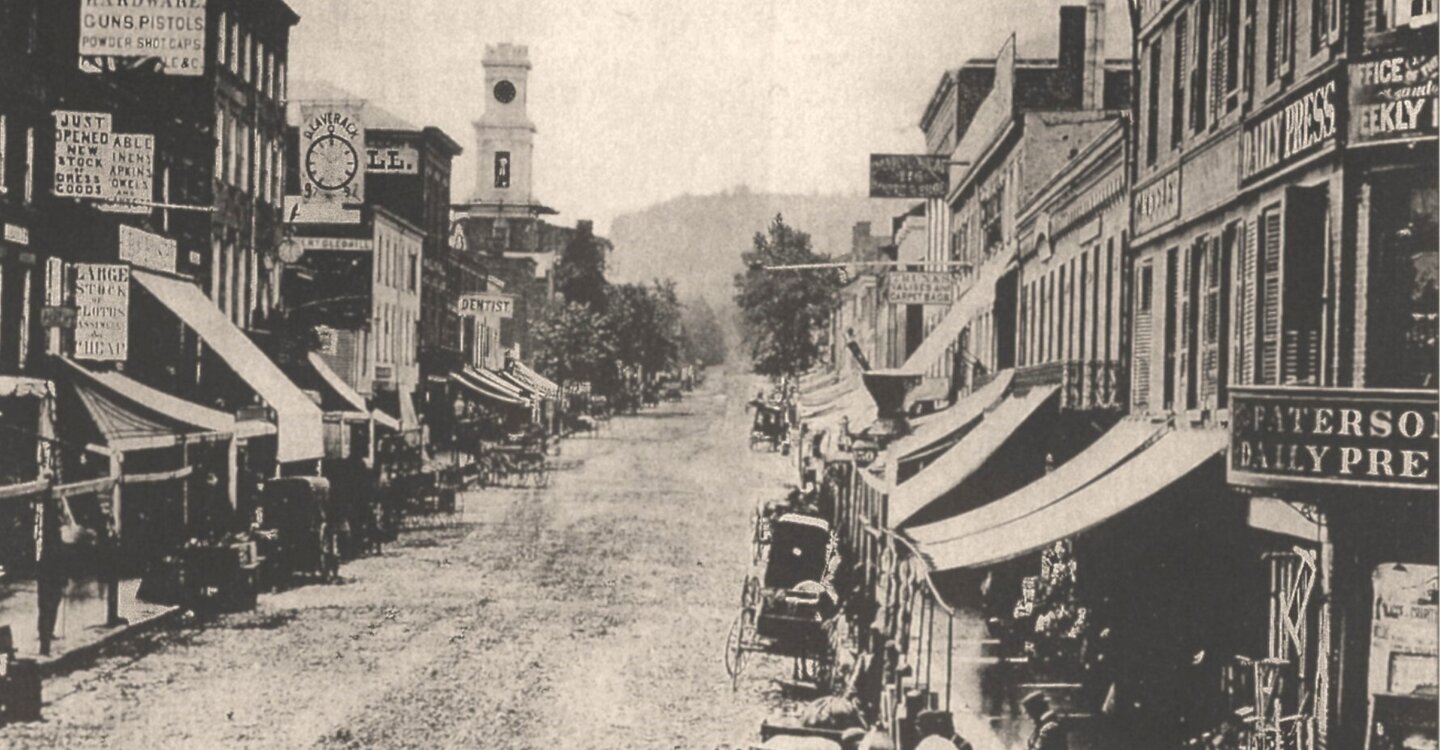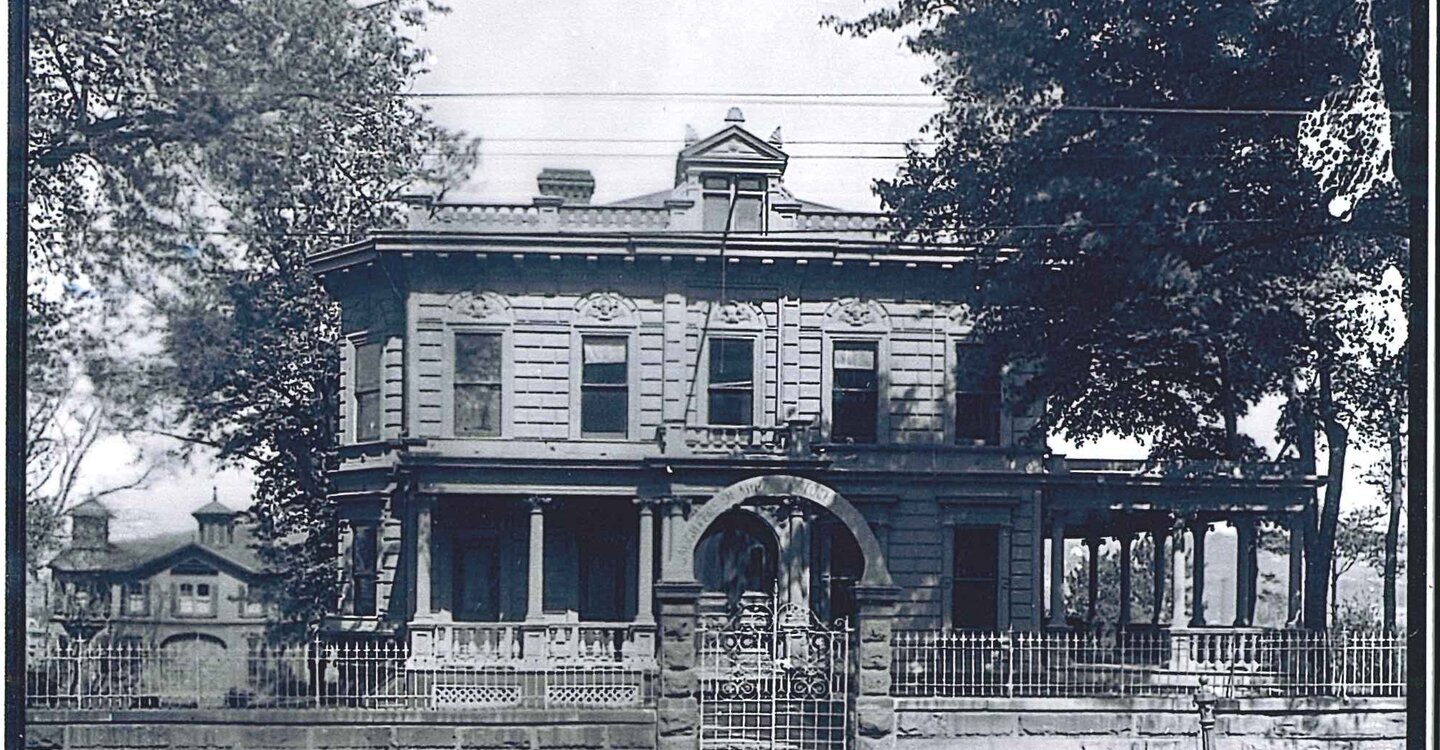
Timeline of the Jewish Community of Northern New Jersey
Our timeline is a compilation of the people, places and events that shaped the Jewish communities of Passaic, Bergen and Hudson Counties.
Beginning in the 1840's, German Jews began to settle in this area to escape the political turmoil, economic chaos and anti-semitism of Central and Eastern Europe. The United States offered opportunities unhindered by Old World restrictions and religious intolerance.
Initially, these earliest immigrants were attracted to the rapidly growing industrial cities of Paterson and Passaic. Soon after, Jersey City, Bayonne, and Hoboken developed fledgling Jewish communities as well. For the remainder of the 19th Century, these expanding urban areas bore witness to the struggles and successes, the heartaches and achievements of thousands who came in search of a better life. They rose from poverty and deprivation to build synagogues, hospitals, community centers, schools, and organizations that helped to make life bearable. They built Jewish communities that contributed to the economic, social, political, and cultural benefits of the cities that had welcomed them.
This timeline will be a dynamic documentation of Jewish life in Northern New Jersey, subject to change and revision as our archival collections grow. What is illustrated on the three panels currently displayed covers the period from 1840 to the 1940's, approximately three generations. The JHSNJ will continue the timeline to bring us up to the present day, where our catchment area represents one of the largest Jewish communities in the United States.
The original physical panels in our office were designed to read from right to left, similar to a Siddur, a Jewish prayer book.






